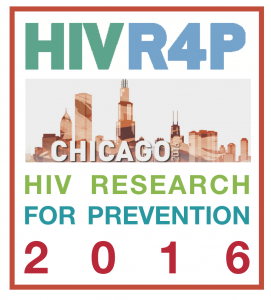TDF/FTC can be used as PrEP by breastfeeding mothers without risk to the baby
29 November 2016. Related: Conference reports, Pregnancy, HIV prevention and transmission, R4P 2016 Chicago.

Simon Collins, HIV i-Base
A study reporting that low TDF/FTC concentrations in breastmilk do not put a baby at risk will be important in enabling women to routinely use PrEP irrespective of whether or not they are breastfeeding.
Kenneth Mugwanya from University of Washington presented results from a pharmacokinetic study in 50 mother and infant pairs. The mothers were given daily PrEP for ten days with drugs levels measured in both breast milk samples and infant plasma samples. [1]
Median age of the infants was 13 weeks.
Only very small quantities of tenofovir (median med 0.2 ng/mL) transferred to milk – approximately at 3% of blood levels in the mothers. Tenofovir was not quantifiable in 94% of infant plasma samples. Based on the milk concentration, the infants had TFV exposures at less than 0.01% of the proposed infant therapeutic dose (6 mg/kg).
Emtricitabine (FTC) concentrations in breast milk were also low, although somewhat higher (median 212.5 ng/mL). These concentrations were consistent with those seen with 3TC, abacavir and AZT. Overall, 47/49 samples had detectable FTC in infant plasma, but at small concentrations (13.2 ng/mL), equivalent to approximately 0.5% of the proposed therapeutic infant dose.
Even though this was a small study, it provides the first data to suggest that PrEP can be safely used by women who are breastfeeding.
Full results from the study were published as an open access paper in PLoS Medicine in September 2016. [2]
References:
- Mugwanya K et al. Infant exposure to tenofovir and emtricitabine through breast milk when used as pre-exposure prophylaxis by HIV-uninfected lactating women. Research for Prevention 2016, 17-21 October 2016, Chicago. Oral abstract OA03.02.
- Mugwanya K et al. Pre-exposure prophylaxis use by breastfeeding HIV-uninfected women: a prospective short-term study of antiretroviral excretion in breast milk and infant absorption. PLoS Medicine, September 2016. doi.org/10.1371/journal.pmed.1002132.
http://journals.plos.org/plosmedicine/article?id=10.1371/journal.pmed.1002132

